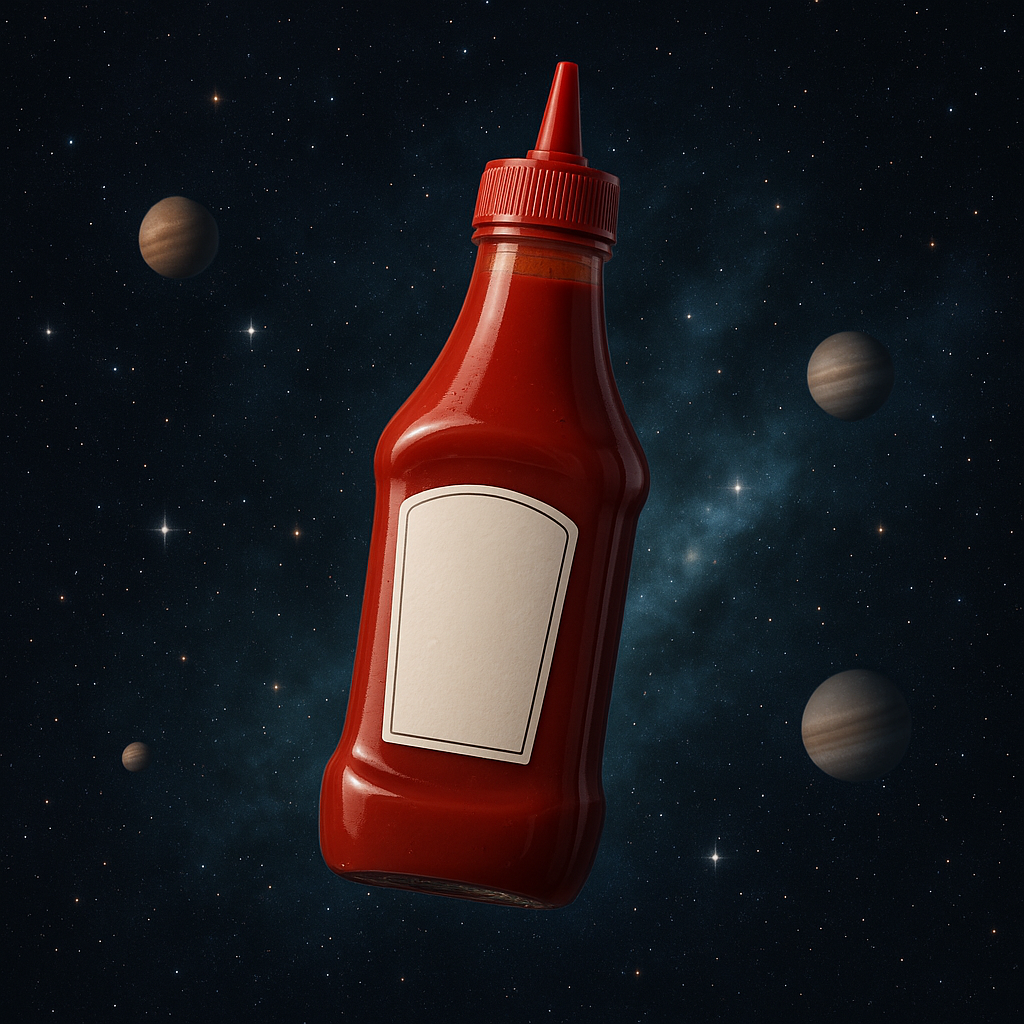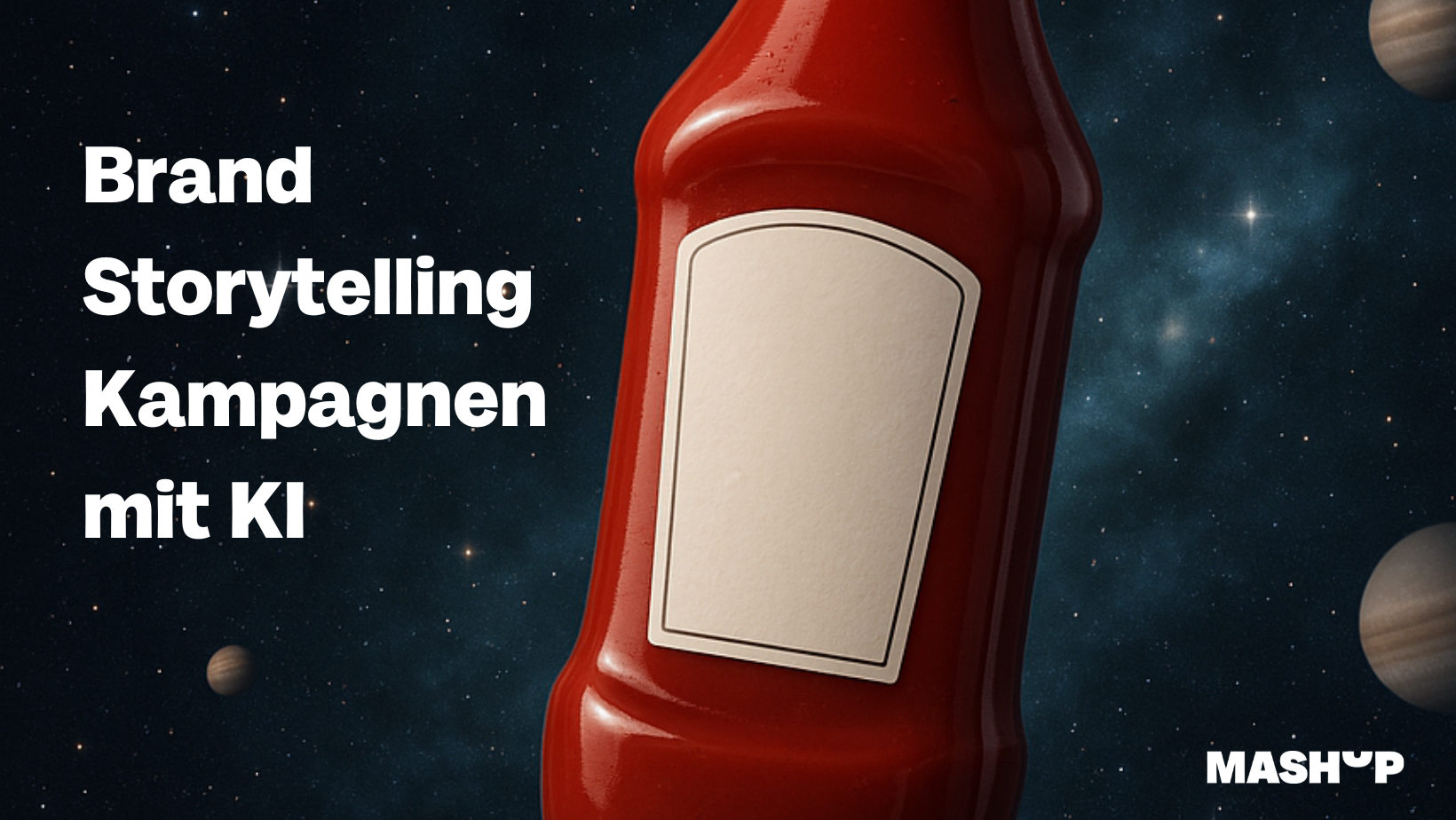From emotionless to heartwarming – brand storytelling campaigns with AI
“Emotions straight from the freezer” is the pointed headline of online magazine campaign about Stepstone’s new AI-generated campaign for this year’s Mother’s Day. The ad is about a working mother who has less and less time for her daughter due to her demanding job. Until the girl takes the initiative and looks for a better job for her mom herself. The theme actually contains all the ingredients needed for an emotional narrative. Except that we search in vain for these feelings in the AI portrayed. And this advertising campaign is no exception.
“Instead of silly, pretty AI avatars like Emma from the German National Tourist Board, the future lies in real stories and real people with rough edges,” my co-CEO Miriam remarked when the Marketing Trends 2025 discussion turned to emotions as well as AI.
However, the following AI highlights prove that artificial intelligence, when used skillfully, can certainly ensure well-thought-out brand storytelling:
AI storytelling with substance: “Home of Dreams” by SOS-Kinderdörfer
The organization SOS-Kinderdörfer used generative AI for the first time in its storytelling campaign to transform the dreams and memories of refugee children into moving videos. The true stories are told from a first-person perspective and focus on the plans that the protagonists have developed in the face of adversity. One of the narrators is no stranger to the public: musician Nura was chosen as a prominent face whose story of escape is recreated using AI.
The idea for the AI campaign also stems from practical reasons: filming children for public relations purposes, especially at original locations, is not only risky, but also very time-consuming and costly. To protect those in need, actors are often used for photos in fundraising campaigns, but their uniform appearance has made them interchangeable. The AI-generated avatars in Disney style, on the other hand, are a welcome change and, thanks to the storytelling elements in the videos, are likely to attract even more attention and willingness to donate from the audience.
How does AI actually imagine ketchup? Playful storytelling with Heinz
According to the 2024 AI Marketing Report, nearly 70 percent of marketing professionals surveyed have already integrated AI into their advertising activities. Chatbots such as ChatGPT, Adobe Firefly, and Claude have become daily companions for many in their work. That is, if you feed them the right prompts.

AI prompt: “Please create a photorealistic image of a ketchup bottle floating weightlessly in space, surrounded by stars and planets, with a hint of cosmic fog.”
Two years ago, Heinz used the now outdated OpenAI tool DALL·E 2 as an art generator. They asked the AI questions such as how it imagined ketchup in space or in impressionism. According to Heinz, the result was always a ketchup bottle that was very reminiscent of their brand. The company concluded that this was fitting for its campaign slogan, “It has to be Heinz,” because even AI knows that ketchup has to be Heinz. The marketers also took the rules of transmedia storytelling to heart: users could create and share their own ketchup AI images, which contributed to the campaign going viral.
An AI heart for pets: Pedigree and their “Adoptable” campaign
Brand plus purpose plus AI equals perfect brand storytelling campaigns. Most of us know Pedigree as a dog food brand. In the US, however, the Pedigree Foundation has been working for more than 15 years to find loving owners for dogs from shelters and rescue centers. It goes without saying that matching dogs with the right owners is not always easy and involves a lot of work.
AI has now been used for a new campaign. The implementation is technically ingenious and yet heartwarming. With the help of artificial intelligence, Bello, Hasso, and co. are transformed into stylish advertising stars for Pedigree using image editing, with the slogan “Adoptable.” The highlight: as soon as a dog is rehomed, a new animal candidate is immediately brought in as a testimonial. In addition, the AI determines the best environment for each dog and targets the ads accordingly. And, of course, part of the proceeds go to the foundation to give other furry friends a new home.
Especially in the age of AI: Dove and its fight against unrealistic beauty ideals
We all know that AI reflects what we feed it to learn. So if we feed it outdated beauty ideals, it will spit them right back at us when we generate images with AI tools. This is what prompted Dove to create its commercial “The Code.” More than 20 years ago, Dove launched the “Real Beauty Initiative” as its core message and has since declared war on toxic role models in numerous campaigns at all levels.
With the rise of AI image programs, they predict that 90 percent of all digital content will be created by artificial intelligence from now on. Even the images they used for their commercial are the actual results of an AI tool. The beauty brand is showing that these stereotypes of desirable looks, which were thought to be long gone, are once again a threat, especially for young women and girls. That is why Dove is taking a clear stand against such artificial standards and continues to call for the promotion and dissemination of natural images of diverse women and female-identified people in the media.
My conclusion: AI as a new companion in the creative process, but not a holy grail
AI can be fun, promote creativity, and deliver new technical solutions. However, despite all the euphoria, we should always remember the dangers AI can pose if we don’t train it properly. It is also a misconception that artificial intelligence is the holy grail that will implement all our creative projects on its own. Fortunately, we still need the emotional intelligence of humans to guide our endeavors and challenge AI.
Share this article
Related articles

8 April 2025






